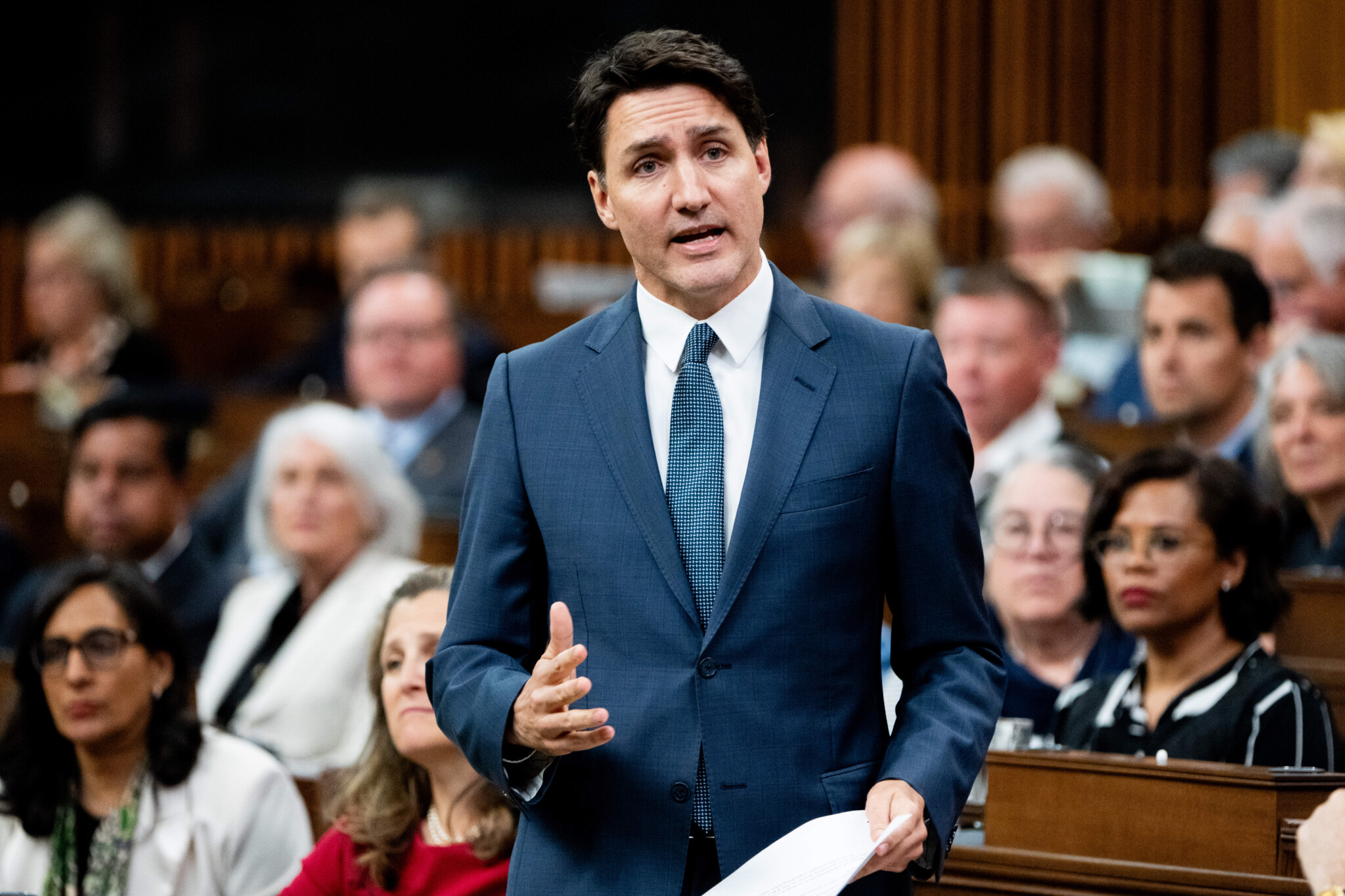The Trudeau government has claimed that Canada “continues to have an enviable fiscal and debt position relative to international peers” because we have the lowest net debt-to-GDP ratio in the G7. But this is misleading. In reality, Canada is actually a highly indebted country relative to our international peers.
The government’s claim originates from the International Monetary Fund (IMF), which notes that Canada has the lowest level of net debt (as a share of its economy) among G7 countries including Germany, Italy, Japan, France, the United Kingdom, and the United States. But this specific measure of debt subtracts financial assets from total government debt.
Here’s why that’s a problem.
Again, when calculating net debt, you subtract financial assets because you assume those assets could be used to offset debt. The glaring problem here is that Canada’s financial assets include the assets of the Canada Pension Plan (CPP) and the Quebec Pension Plan (QPP), which substantially reduce Canada’s net debt. Indeed, according to the latest data from Statistics Canada, there were net assets of $716.7 billion in the combined CPP and QPP as of Dec. 31, 2023.
But the assets of the CPP and the QPP are used for payments to existing and future retirees and can’t be used to offset government debt without compromising the ability of the CPP and the QPP to provide benefits to retirees. So, Canada having the lowest net debt-to-GDP in the G7 doesn’t mean much when the CPP and the QPP assets are incorrectly used to make us look less indebted than we actually are.
Thankfully, there’s a much more accurate way to measure of Canada’s indebtedness—gross debt to GDP. Gross debt, according to the IMF, includes all “liabilities that require future payment of interest and/or principal by the debtor to the creditor.” And extending the analysis to include a broader group of advanced countries provides a more accurate assessment of Canada’s comparative indebtedness.
According to a new study, among 32 industrialized countries, Canada slides from the fifth-lowest debt ranking when net debt is measured to 26th when gross debt is used. Further, Canada’s gross debt exceeds the total size of the national economy by nearly 5 percentage points. In other words, Canada falls 21 positions in international rankings after switching from net debt to gross debt, the largest change by far of any country.
The consequences of fiscal imprudence are clear. Just like households, governments must pay interest on debt. In 2024, Canada’s federal debt interest costs are expected to eclipse $54.0 billion—equal to the entire amount of revenue the government collects from the Goods and Services Tax (GST). And debt must be repaid by future generations of Canadians through tax increases or reduction in services.
When the Trudeau government claims that Canada is in an enviable position relative to our peers on government indebtedness, it is misleading Canadians. The data clearly show that Canada is among the most indebted advanced economies in the world. That’s not something to boast about.








